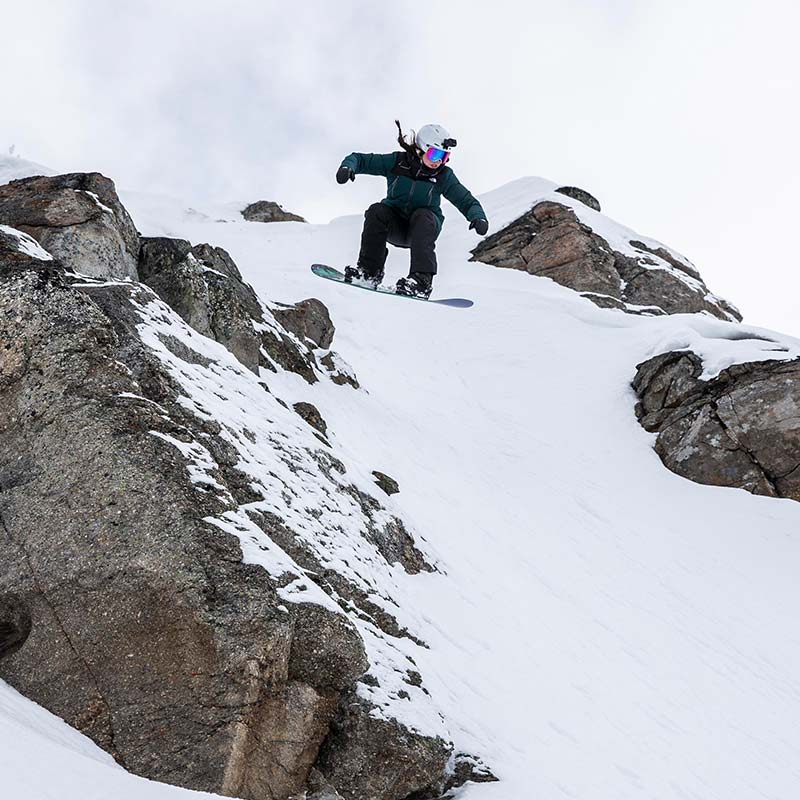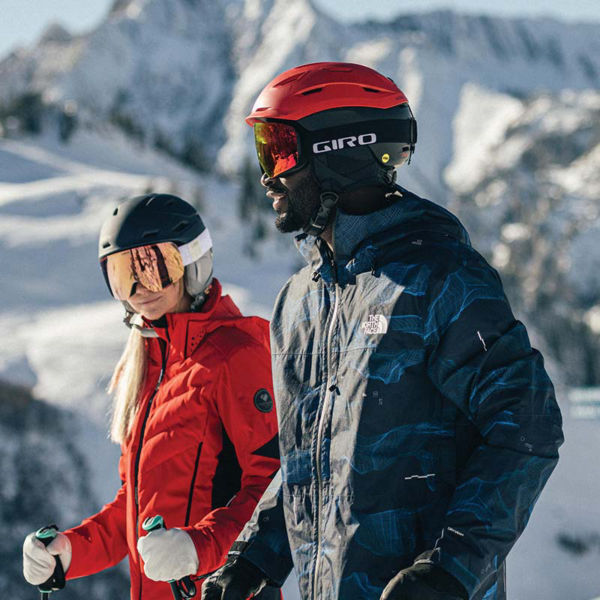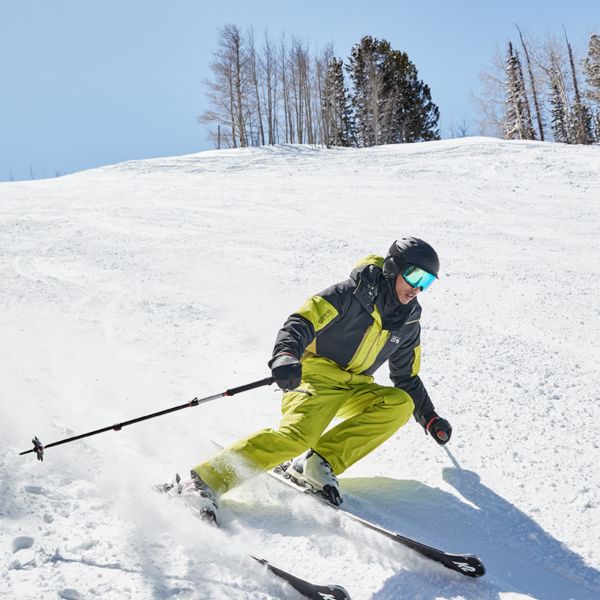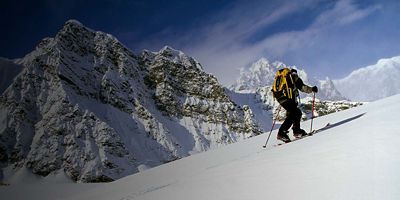
Cross-country, or Nordic, skiing is one of the best ways to get outside in winter: You can do it just about anywhere there’s snow, it’s great for fitness, and it connects you with the outdoors at a time when it’s easy to spend too much time indoors. It has benefits for everyone. For some, it’s just another way to explore the winter landscape, like snowshoeing but a little faster. For others, it's a workout, a great alternative to running when roads or trails are too snowy or icy. Whatever your motivation, here’s how to get started.
In this article you’ll learn:
- The difference between classic and skate skiing
- What type of gear you need
- Basic technique tips for getting started
Types of Cross-Country Skiing
The first thing to know is that cross-country skiing is nothing like alpine skiing, so don’t assume experience at the resort will help you transition. Nordic skis are narrower, typically edgeless, and are used much differently. The biggest difference is that your boots are attached to the binding only at your toes, which allows you to lift your heel to move. The sport is divided into two main categories:
Classic Skiing
Classic skiing is the most beginner-friendly. It takes practice to go fast, but you can learn how to walk with classic skis right away. They’re also versatile; you can use them at a nordic center with groomed tracks, or in the backcountry where you can make first tracks. To go faster, you’ll learn to “kick and glide.” You ski in tracks and your skis stay mostly in-line with your direction of travel as you “kick” one in front of you and “glide” forward until it’s time to kick the other ski. Classic skis are often a little bit longer than skate skis (below), and come in both waxable and waxless versions.
Skate Skiing
Think of skate skiing like ice skating: Instead of keeping your skis parallel, you’ll splay the tips out to either side and push off the inside of each ski. These skis are typically shorter and narrower than classic skis, and are waxed with a speed wax. Skate skiing is always done on a track groomed for skating, and involves more of the core and upper body. It provides a great workout—it’s the top choice if you want to use cross-country skiing mainly for fitness—and with practice you can move quite fast.
Skis
With either type of cross-country ski, check the manufacturer's sizing chart. It’s based on weight, as you need to be able to compress the ski (especially classic models).
Classic Skis
Classic skis are longer and wider than skate skis (though still much narrower than alpine skis). There are two main styles of classic skis. Waxless skis feature a fish-scale pattern primarily under your foot. When you step down, the fish scales come in contact with the snow and allow you to push off. The scales are designed to slide forward but not back, enabling you to glide. Some manufacturers have started using mohair instead of fish-scale patterns underfoot, to achieve the same effect. (With either type, calling these skis “waxless” is actually a misnomer because you should wax the tips and tails.) Waxable skis have no scales or mohair, relying strictly on wax for grip. If you’re just getting going, waxless skis will be easier.
Skate Skis
These are narrower and shorter than classics. They’re smooth on the bottom, as gliding is critical. The main thing to consider is weight and materials. A lighter ski will make skating easier, and a high-quality foam or composite core will feel livelier and more energetic.
Backcountry Skis
These are classic skis designed for the backcountry, where there are no groomed tracks. If you want to just shuffle along in the woods, these are for you. Technically, you can use any classic ski for this purpose, but if you know you’re going to be skiing primarily in the backcountry, a shorter, fatter ski with edges will serve you better.





